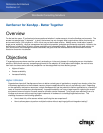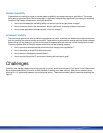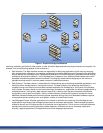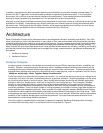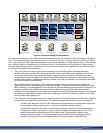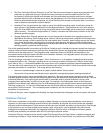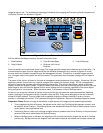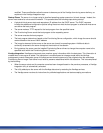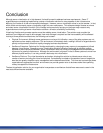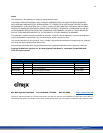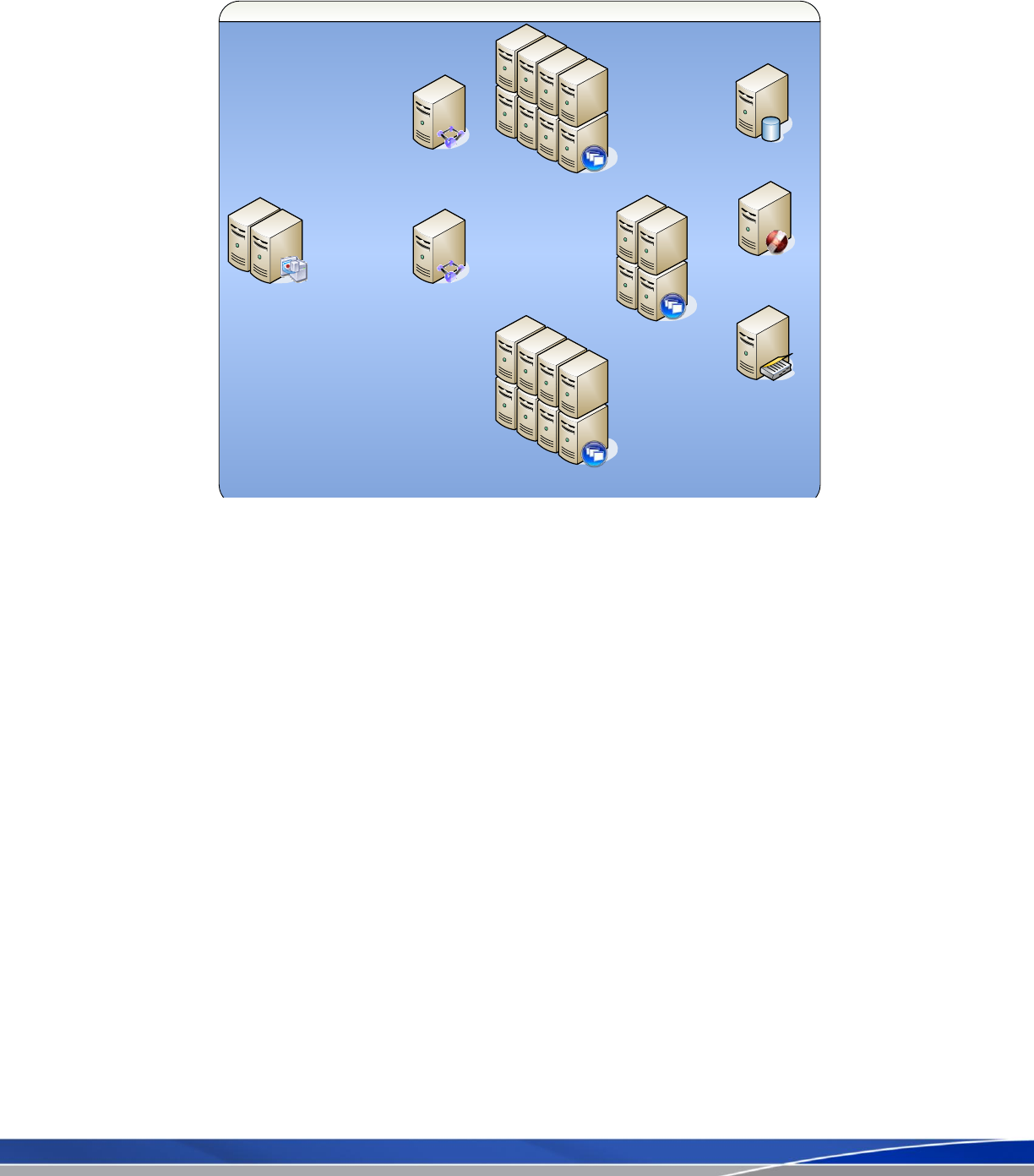
3
Figure 1: Physical XenApp Architecture
Improving availability and flexibility often results in lower utilization rates because more physical servers are required. For
example, look at the following aspects of this architecture:
Web Interface: The Web Interface servers are responsible for delivering applications to the users by acquiring
their authentication information, enumerating and displaying available applications and forwarding the application
launch request to the XenApp server. Because Web Interface is a critical component, redundant servers must be
available to provide fault tolerance. As the XenApp farm increases in size, additional Web Interface servers will
be added to handle the greater potential workload. Providing fault tolerance and designing for the maximum
possible workload results in an even greater number of underutilized servers.
Data Collector: The data collector is responsible for authenticating users, identifying accessible applications, and
identifying which XenApp server a user should connect. The data collector is the brokering mechanism for
requests coming from the end user and Web Interface destined to the XenApp farm. As the size of the XenApp
farm increase, the data collector moves from becoming a shared server, responsible for delivering applications, to
a dedicated server. If the primary data collector were to fail, a backup, with the same hardware and software
configuration, should also be available. Similar to Web Interface, providing fault tolerance through the use of
additional allocated hardware and providing optimal responses through the use of dedicated hardware requires
more physical servers resulting in an even greater number of underutilized servers
Load Managed Groups: Whether applications are installed or delivered via streaming to the XenApp servers,
organizations might create load managed groups based on business requirements. Load managed groups are
created to focus a set of XenApp servers on a particular set of applications. This is done for numerous business
and technical reasons including application update frequency, business unit server ownership, application
criticality, regional applications, and application and server language requirements.
XenApp Farm
Data Store
Application Hub
Primary Data Collector
Line-of-Business
Load Managed Group
Core Business Applications
Load Managed Group
Backup Data Collector
Web Interface
License Server
Business Unit
Line-of-Business
Load Managed Group



